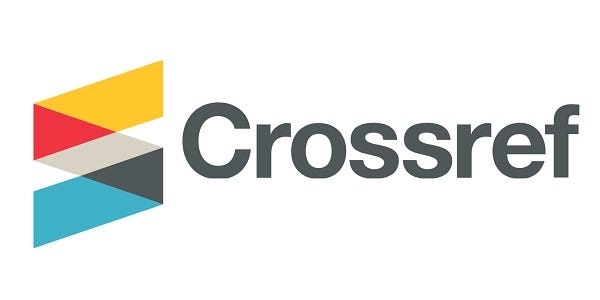Pengaruh Model Pembelajaran Numbered Head Together dan Jigsaw untuk Meningkatkan Hasil Belajar Siswa Mata Pelajaran Ekonomi Kelas X IPS di SMA Negeri 5 Kota Serang
DOI:
https://doi.org/10.47080/progress.v7i1.3072Keywords:
Learning Models, Numbered Head Together (NHT), Jigsaw, Learning OutcomeAbstract
This research aims to determine the effect of the Numbered Head Together (NHT) learning model and the Jigsaw learning model on student learning outcomes in economics class X IPS at SMA Negeri 5 Serang City, as well as to determine the differences using the Numbered Head Together (NHT) learning model and Jigsaw on student learning outcomes in economics subjects for class X IPS at SMA Negeri 5 Serang City. This type of research is a quasi-experimental quantitative research (Quasi experimental design) with a nonequivalent pretest-posttest control group design, the population used for this research data is the entire class X IPS. The samples taken were classes X IPS 1 and X IPS 3. The instruments used were tests (pretest-posttest), interviews and non-tests in the form of documentation. Based on the results of the analysis of the Numbered Head Together (NHT) learning model on learning outcomes with the t test Tcount < Ttable, namely 0.000 < 2.306. So the Numbered Head Together (NHT) learning model influences student learning outcomes. Based on the results of the analysis of the Jigsaw learning model with the t test Tcount < Ttable, namely 0.001 < 2.306. So the Jigsaw learning model influences student learning outcomes. The Numbered Head Together (NHT) and Jigsaw learning models have significant differences in learning outcomes. This can be seen from Tcount < Ttable, namely that the Jigsaw learning model is -2.928 < 2.306 and the learning model is -2.928 < 2.306. So it can be concluded that there is a significant difference in learning outcomes between the Numbered Head Together (NHT) and jigsaw learning models on the learning outcomes of class X IPS students at SMA Negeri 5 Serang City.
References
Fadila, I. (2020). Perbandingan Model Pembelajaran Kooperatif Tipe Numbered Head Together (NHT) dan Jigsaw Terhadap Hasil Belajar Kimia Siswa di SMA Negeri 6 Bengkulu. ALOTROP : Jurnal Pendidikan dan Ilmu Kimia Volume 4 No 2, 134-141.
Isjoni. (2009). Cooperative Learning Efektivitas Pembelajaran kelompok. Bandung: Alfabeta.
Isjoni. (2010). Cooperative Learning : Mengembangkan Kemampuan Belajar Berkelompok. Bandung: Alfabeta.
Lie, A. (2002). Cooperative Learning. Jakarta: Gramedia.
Parella, S. (2020). Pengaruh Model Pembelajaran Kooperatif Tipe Jigsaw terhadap Hasil Belajar Ekonomi SMA N 20 Palembang. Wahana Didaktika Vol 18 No. 2, 112-119.
Ritonga, D. M. (2022). Efektivitas Model Pembelajaran Jigsaw Dan Numbered Head Together (NHT) Dalam Pemecahan Soal-soal HOTS Materi Pokok Fungasi Komposisi. Jurnal Ilmiah Pendidikan Matematika Al- Qalasadi Vol 6 No 2, 184-195.
Rusman. (2012). Model-model Pembelajaran. Depok: Rajagrafindo Persada.
Shoimin, A. (2014). Model Pembelajaran Inovatif Dalam Kurikulum 2013. Yogyakarta: Ar-Ruzz Media.
Sugiyono. (2011). Metode Penelitian Kuantitatif Kualitatif dan R&D. Bandung: Alfabeta.






 Indexing Databases:
Indexing Databases:




